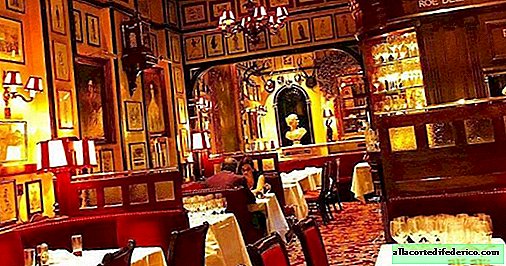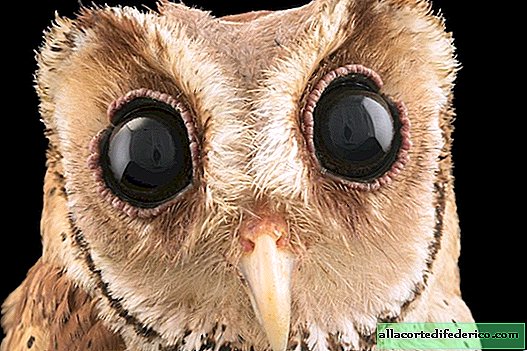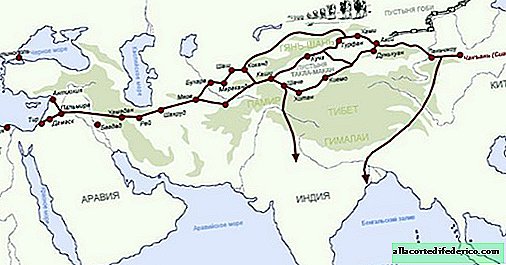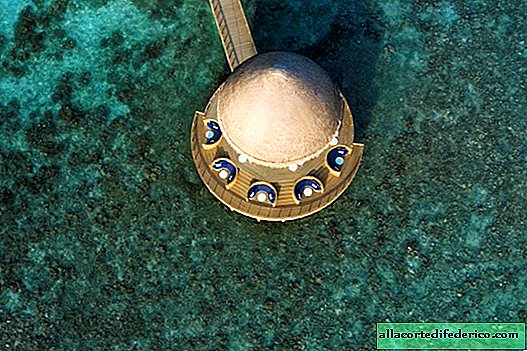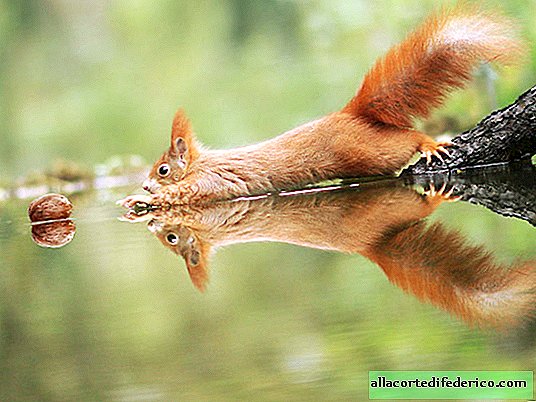Outstanding architects: none of the birds can build such nests
Many animals prefer to live in comfort: octopuses are looking for a secluded place in the reefs, beavers build warm cozy huts, and ants and termites build whole underground castles. Among the birds, there are also outstanding architects, whose houses are simply amazing for their size and complexity of the layout. Today we talk about public weavers whose nests are an integral part of the African landscape.
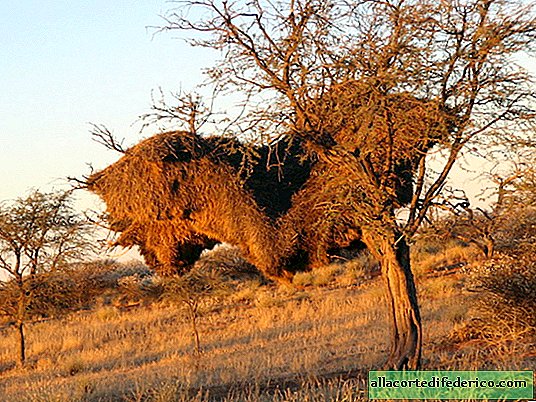
Birds of the weaver family are able to build very unusual nests, but ordinary public weavers (lat. Philetairus socius) surpass all their relatives in this skill. These small birds, the size and appearance of which resemble our sparrows, inhabit the African savannah south of the equator. They are found in abundance in South Africa, Namibia and Botswana, where their unusual houses can often be seen on trees.

Ordinary public weavers are not in vain called public, because their colonies can number 300-500 individuals that live in the same house. Like most birds, ordinary public weavers build a nest on trees or other elevations. Quite often, these birds choose the poles of power lines as the basis for the construction of nests, and then they turn into rather strange structures.

Weavers build nests from dry grass and thin twigs, and from the side they look like untidy haystacks. The dwellings of ordinary public weavers are irregular in shape and reach 3-4 meters, and the nests of large colonies can grow up to 8 meters wide.

Public nests have a complex structure and inside consist of separate nests, the total number of which can reach 300. Inside there are separate nests for young couples and their offspring, and there are rooms for adult birds, where several individuals live at once. The outer entrances to this nest-city are covered with twigs so that the predatory snakes cannot creep in, and in addition to this, the aisles are often equipped with sharp sticks directed outward. In addition to everything, there are false and real entrances to the nest, therefore, even if the snake reaches the tree, she does not have much chance of eating a bird or eggs.

Inside the nest a more comfortable microclimate than outside. Midday heat or nighttime temperature drops are not so noticeable in the bird’s castle, and rain or strong winds do not affect its inhabitants. Nests can exist in one place for decades, gradually expanding and increasing in size, and several generations of birds live in them at the same time. There are also individual nests of public weavers that are over 100 years old. It also happens that the tree has already died, and the nest of public weavers continues to exist.

Such cooperation allows small birds to increase their chances of survival: a large flock is easier to protect housing from birds of prey and snakes, as well as monitor the offspring.


